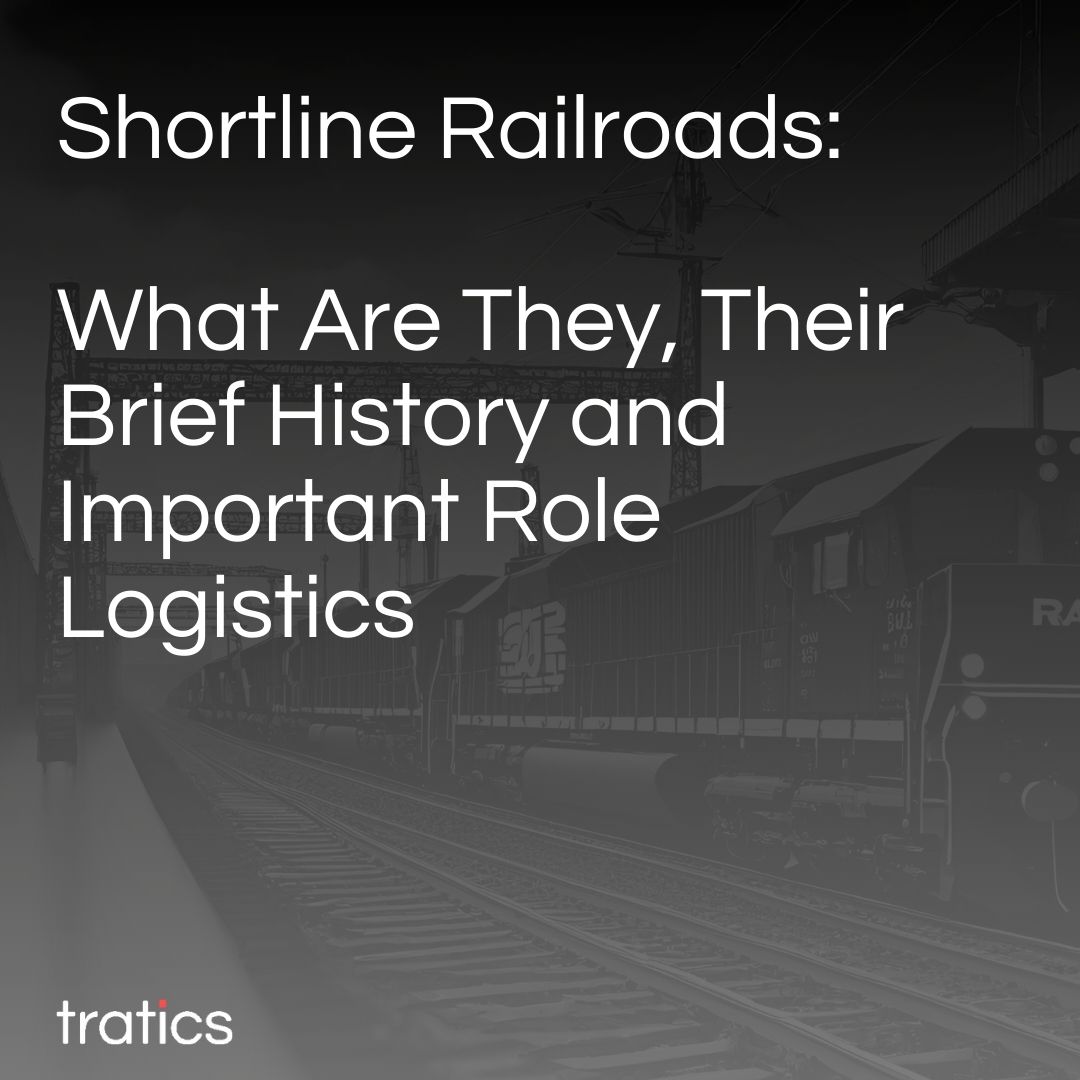What Are Shortlines?
Shortlines are small to mid-sized railroad companies that typically operate over a relatively short distance, often less than 350 miles. Unlike Class I railroads, which are large national carriers, shortlines focus on regional or local freight services. They connect shippers in outlying areas to the national rail network, serving as the first or last mile in the transportation chain.
Shortlines operate shorter track distances and handle lower traffic volumes compared to larger railroads. Many are privately owned or operated by small local businesses. But there are several shortlines holding companies that operate multiple railroads, and this trend is growing. Shortlines offer customized services to rial shippers, catering to the specific needs of local industries. By nature, they act as feeders to Class I railroads and are usually depended on their Class I railroad partners.
A Brief History of Shortlines
In the 19th century, as America expanded westward, railroads became essential for economic development. Many small railroads were built to serve local communities, mines, and factories. These early shortlines were often the lifeblood of rural economies, providing essential connectivity that larger railroads couldn't offer due to economic or geographic constraints.
The early to mid-20th century brought significant regulatory challenges. Stringent government controls made it difficult for smaller railroads to compete, leading to widespread consolidation and abandonment of less profitable lines.
The turning point came with the Staggers Rail Act of 1980, which deregulated the industry. This act allowed railroads more freedom to set rates and make operational decisions, leading to a resurgence of shortlines. Many lines that larger railroads deemed unprofitable were sold or leased to smaller operators who could run them more efficiently.
Today, shortlines are experiencing a renaissance. Advances in technology and a focus on sustainable transportation have highlighted the importance of rail in reducing carbon emissions. Shortlines are capitalizing on these trends by offering specialized services and tapping into niche markets.
What are the different types of shortlines for freight pricing purposes
There are three kinds of shortlines based on the way they set up pricing and billing relationships with Class I railroads and shippers: Handling Carriers, Switch Carriers, and ISS carriers (Interline Settlement System).
Handling carriers are not listed in the route on a railcar's waybill. Handling shortlines usually have confidential compensation agreements with the larger railroads they connect to. The shippers are not privy to the Handling line fees, which are absorbed by the Class I in their rates. This setup allows smaller shortlines to have simplified billing and accounting processes and rely on Class I railroads to handle that responsibility.
Switch carrier shortlines are like handling carriers except that they are listed on a railcar's operational route, but not in the pricing route. They usually have a public set of fixed fees per railcar, published in switch tariffs. The switch fees are public and visible to the shippers. Connecting Class I railroads can choose to cover the switch fee in their rates, partially cover the fee, or not cover the switch fees.
ISS carriers operate the same as Class I and II railroads. They are included in the routes of railcars. They negotiate or provide their own pricing, either via through rates or Rule 11 rates. Also, they serve as the billing railroads for loads that originate on their lines. For loads not originating on their lines, ISS shortlines still collect a portion of the freight rate.
Examples of Shortlines
- Genesee & Wyoming Inc.: A shortline holding company which operates over 100 shortline and regional freight railroads in North America.
- Iowa Interstate Railroad (IAIS): Connects rural areas in the Midwest to larger national networks.
- Indiana Harbor Belt Railroad (IHB): a shortline railroad specifically functioning as a switching and terminal railroad in the Chicago area.
The Role of Shortlines in Rail Logistics
Shortlines serve as critical connectors between local industries and the national rail network. They pick up freight from local shippers—such as agricultural producers, manufacturers, and mining operations—and deliver it to Class I railroads for long-haul transport.
By providing efficient and cost-effective transportation solutions, shortlines stimulate economic growth in the regions they serve. They help local businesses compete in national and global markets by reducing shipping costs and transit times.
Due to their smaller size, shortlines can offer a level of flexibility that larger railroads often can't. They can adjust schedules, routes, and services to meet the specific needs of their customers, providing a competitive edge.

